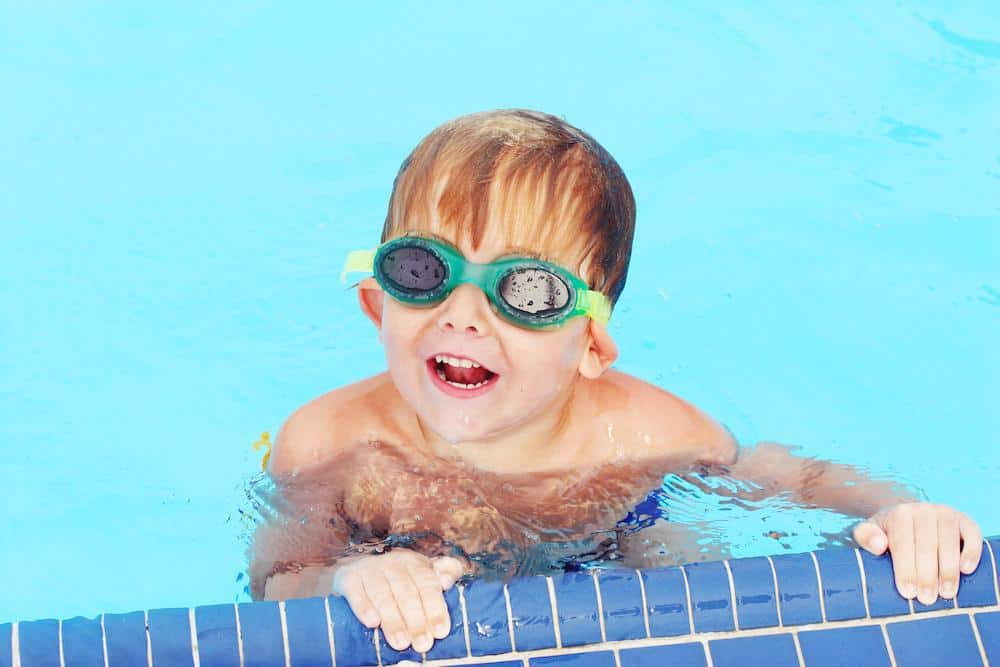How to Prevent and Treat Swimmer’s Ear

Home > Blog > How to Prevent and Treat Swimmer’s Ear
How to Prevent and Treat Swimmer’s Ear
As the Arizona temperatures soar, water provides a great respite from the heat, cooling your entire body down. Unfortunately, this same water can also lead to an infection in the outer canal of your ear in a condition known as swimmer’s ear.
At Sinus & Allergy Wellness Center, Dr. Franklyn Gergits leads a team of ear, nose, and throat specialists that understands the many problems that can affect these three areas of your health. And when it comes to your delicate ears, we know all too well that pain and discomfort that stems from an infection of any kind, which is why we’ve pulled together the following information on treatments and prevention techniques for swimmer’s ear.
Behind swimmer’s ear
Before we get into treatment and prevention of swimmer’s ear, let’s take a closer look at how the problem develops in the first place. As the name implies, swimmer’s ear is an infection in your outer canal — the section that connects your eardrum to the outside of your head — that’s largely caused by excess water or moisture.
While your ears do a great job of flushing out excess moisture, when you spend considerable time in the water, it provides a perfect opportunity for bacteria to flourish, leading to inflammation in the lining of your outer ear canal.
Of course, swimming isn’t the only road to swimmer’s ear, as it can develop anytime there’s excess moisture in your canal, which can occur through sweating or excessively humid environments. Also, if you have a cut or other opening in your canal, you’re more prone to an infection.
Also called otitis externa, this infection first leads to discomfort in your ear (including itchiness), as well as some discharge. If the infection is left untreated, the symptoms worsen and can lead to considerable pain and a complete blockage in your canal, which affects your hearing.
Treating swimmer’s ear
The key to treating swimmer’s ear is to address the infection in its earliest stages, at which point we typically clean out your ear and provide you with ear drops and infection-fighting medications, such as antibiotics. We may also give you a steroid to reduce the inflammation so that the medications can get to work inside your ear.
Your treatment depends upon the extent of the infection, but, rest assured, we’ll ensure that you’re comfortable, and we’ll also work to clear out the infection as quickly as possible.
Preventing swimmer’s ear
Since moisture is the main driver of swimmer’s ear, it makes sense that making sure your ears are dry is the first line of defense against this infection. When you come out of the water, tip your head to each side to fully drain any water. You can go a step further by using a blowdryer on a low setting to gently dry the canal. Whatever your technique, please don’t stick anything inside your ear to dry them out, as this may harm the canal and your eardrum.
If you have ongoing problems with swimmer’s ear, we may recommend that you use drops that contain rubbing alcohol and/or vinegar to dry out your ear. You should also use earplugs when you swim to keep water out altogether (be sure to outfit yourself with earplugs that are designed specifically for swimming).
With a little vigilance, you can keep swimmer’s ear at bay, allowing you to thoroughly enjoy the cooling benefits of a dip in the water.
To learn more about swimmer’s ear treatments and prevention tips, please contact our office in Scottsdale, Arizona, to set up an appointment.
Disclaimer:
The information provided in this article is for informational and educational purposes only and does not constitute medical advice. It is not intended to diagnose, treat, cure, or prevent any disease or medical condition. Always seek the guidance of your physician or other qualified healthcare provider with any questions you may have regarding a medical condition or treatment.
Results may vary: Treatment outcomes and health experiences may differ based on individual medical history, condition severity, and response to care.
Emergency Notice: If you are experiencing a medical emergency, call 911 or seek immediate medical attention.



